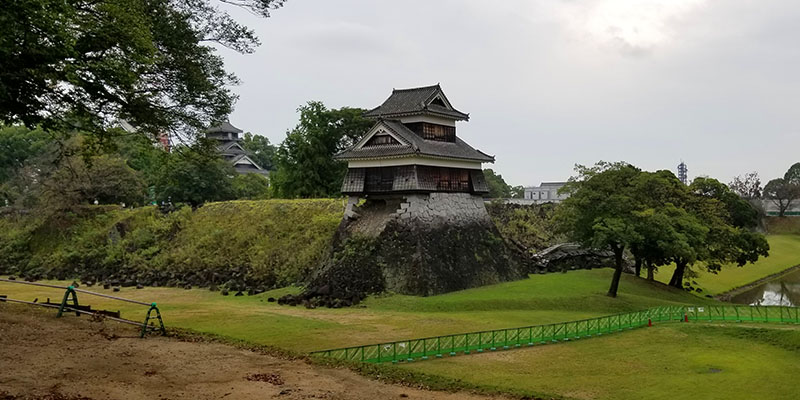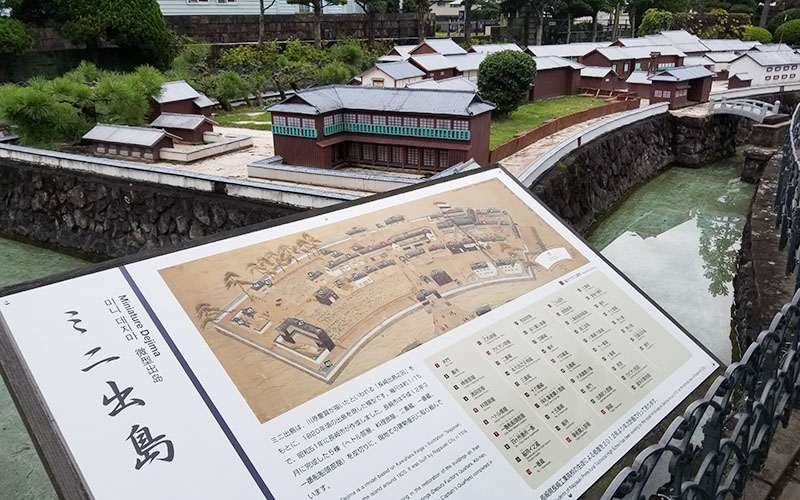|
Japan - Western Japan |
| My prime purpose of this Japan trip in September 2019 is for soul cleansing as my heart was on its own encountering some irrational emotional turbulence lately. Amongst the best places in East Asia to cleanse the soul is the traditional village of Kurokawa Onsen area (黑川温泉区) in Kumamoto (熊本) perfecture. | |
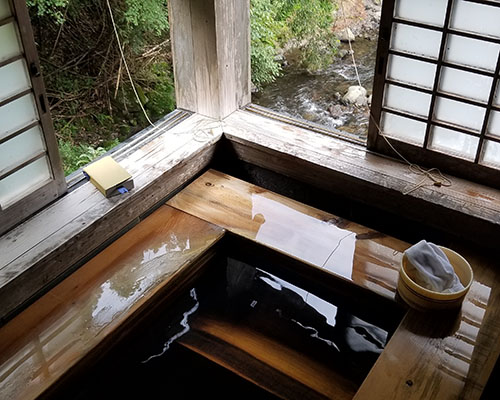 In this trip I picked a novel, "Eat Pray Love", as my soul cleansing tool. I did have a reflection of my current stage of life and how I shall change myself and proceed with my next set of challenges and goals. |
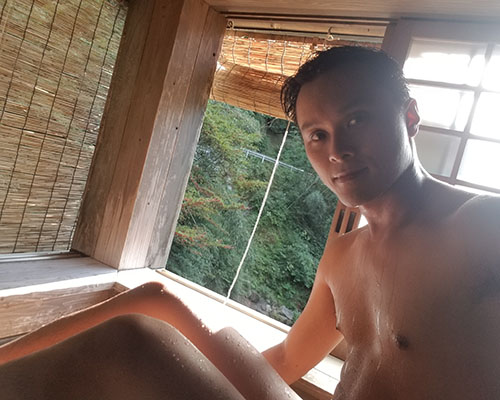 I booked a Ryokan (a traditional Japanese hotel) with a private onsen in the wood by a river. It was such a good opportunity for me to reconnect with my mind and the nature. What's the meaning to be human... |
 I am glad Edmund and Gordon are joining me in this trip. I have separately knew each of them for 10 years now. They are both very spiritual and into meditation. It was such a grateful opportunity for me to get inspired from them. |
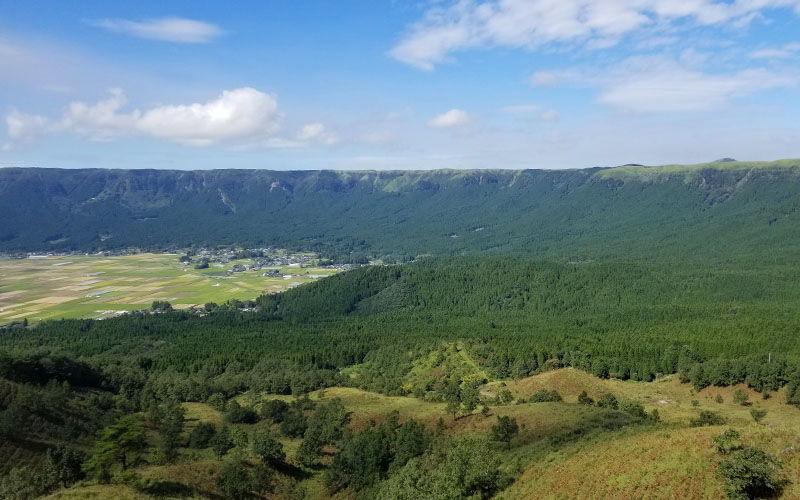 Kurokawa Onsen locates at a secluded and peaceful valley. So we've spent couple days hiking and explored the breathtaking views and the landscape of the Aso-Kuju National Park. |
|
Lover's Hill - Hirano Kai Plateau. The view of 270-degree open horizon of green green hill and plateau had us in awe. The scenery had me to put away human ego and realize that we are just a part of the mother nature. Then we proceed to walking through the forest. |
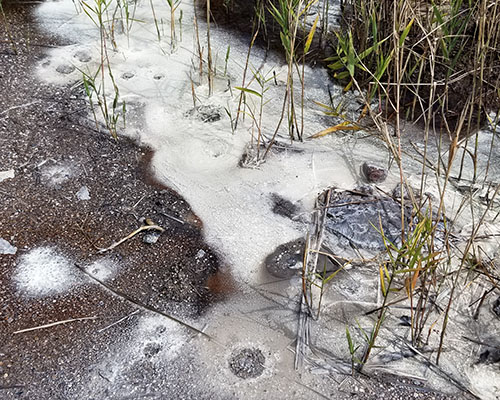 Sparrow Hell - cold water spring with sulphuric gases bubbling to the surface. Kurokawa is in a volcanic rim afterall. |
Meditating beside a river in the forest. Let's purge the thoughts of earthly desires and enjoy the beauty of nature. |
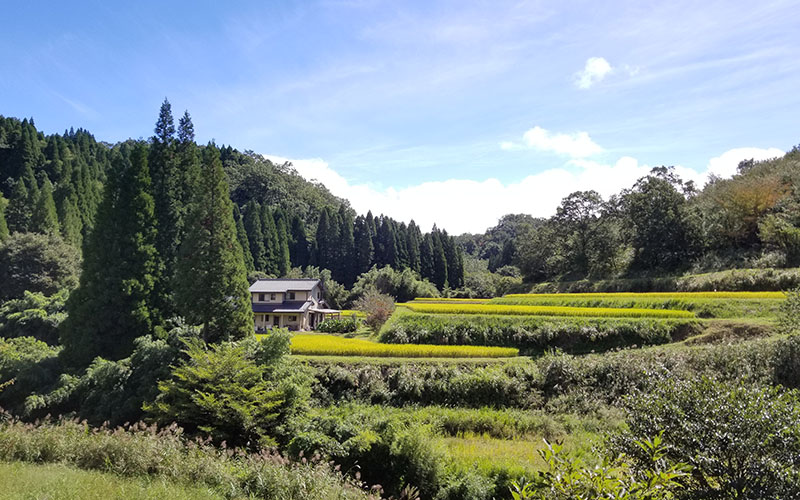 Terraced paddy field |
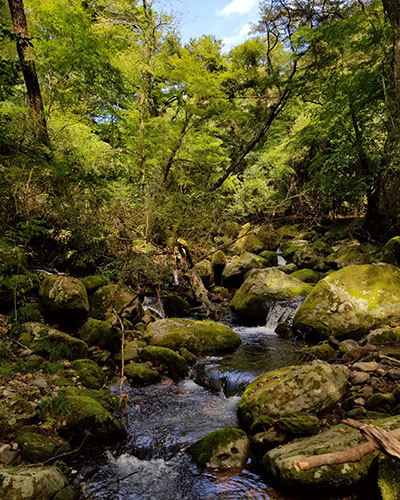 Mountain stream |
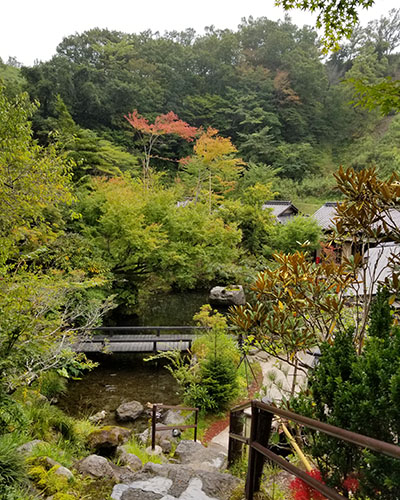 A ryokan inside the forest |
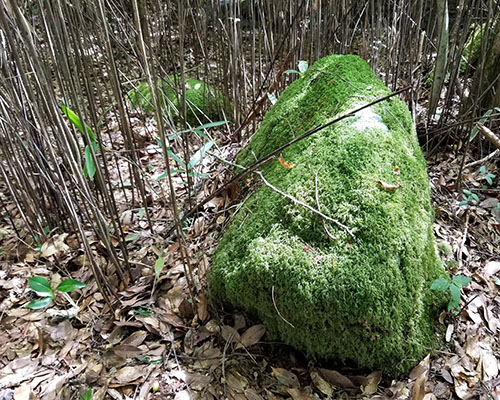 Moss grown and covered the whole rock |
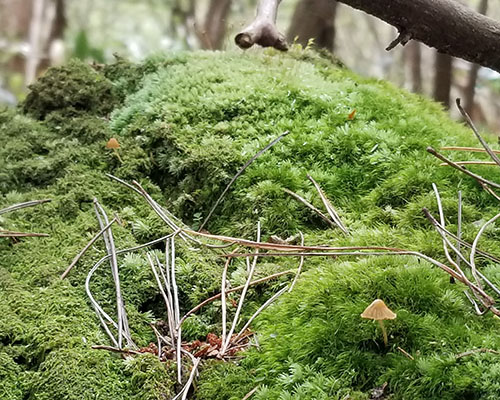 Tiny mushrooms grown on the moss |
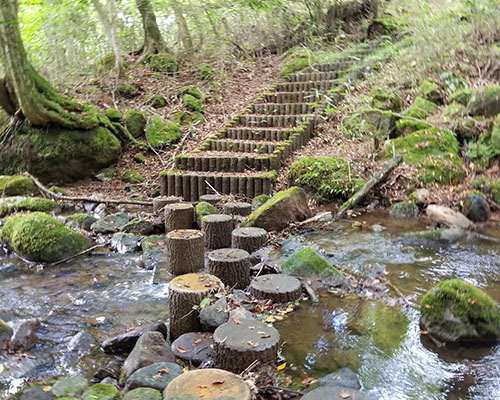 |
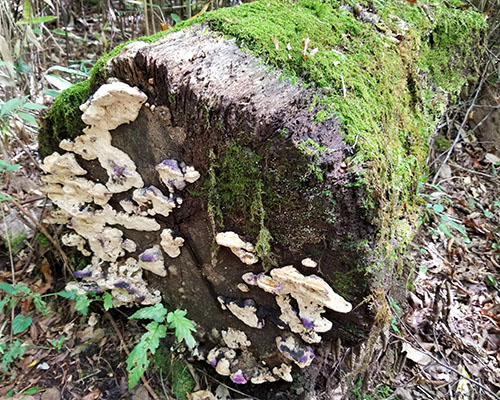 |
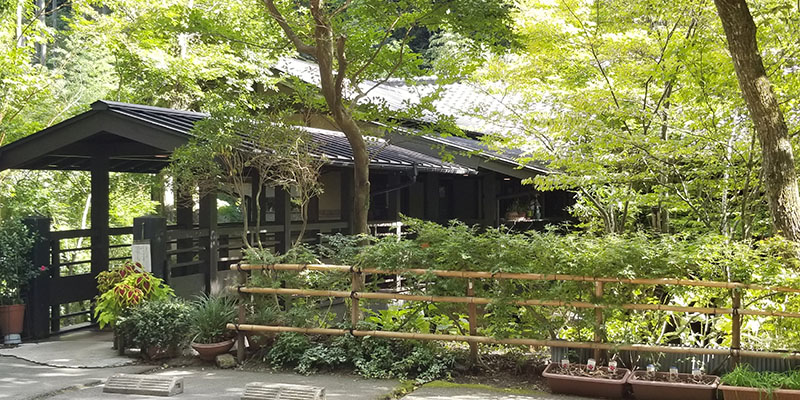 Hanadomari Ryokan (花泊馆). We stayed in 2 ryokans in this trip. Here is the secluded one of 10 minutes walk from a grocery shop. The words "grocery shop" have the meaning of village center as the central part of the village was just a path of less than 10 shops one can walk pass within 1~2 minutes. It was just amazing that we really stay in a small traditional village of Japan. |
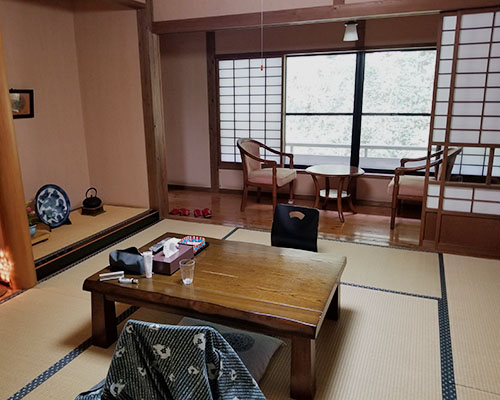 The Hanadomari Ryokan is a traditional family flat with kitchen, dinning room and bedroom. |
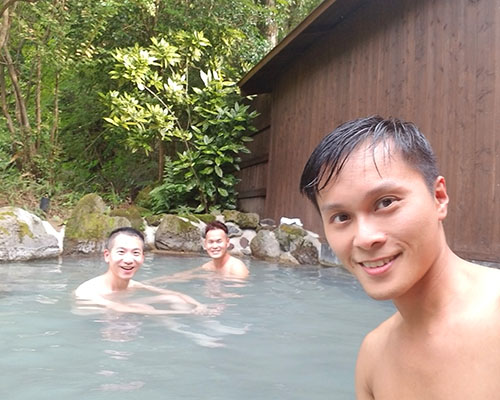 Kurokawa Onsen was famous of its outdoor hot spring (露天风吕 Rotenburo) |
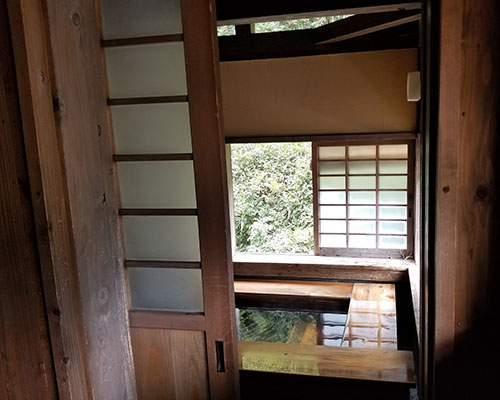 The chill of nature woke me up at 6:43am. I hopped into this private onsen to warm myself for an hour. Somewhat, I'm like sleep bathing. |
 We also stayed at this Ryokan Ichinoi (壹之井旅馆), which is a 3 minutes walk from the village center. |
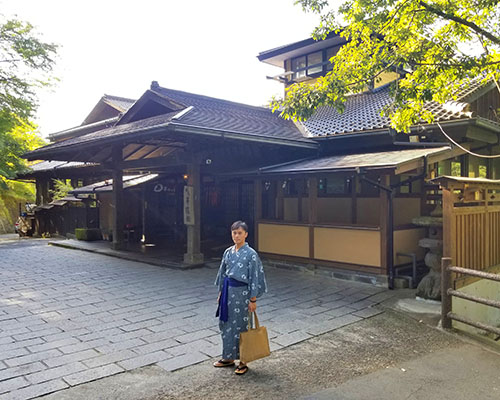 My hotel is in association of Yumerindo (梦龍胆). So can visit its hot springs. |
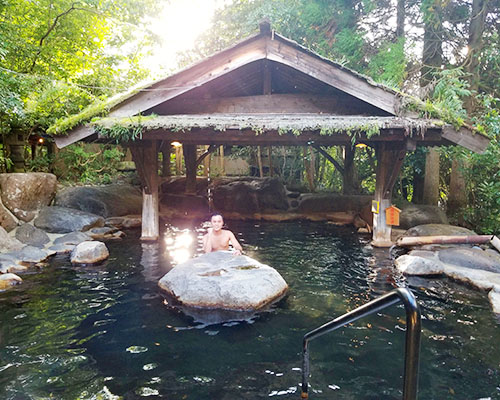 I visited a mixed gender onsen. But I've seen only male in my 30 min stay here. |
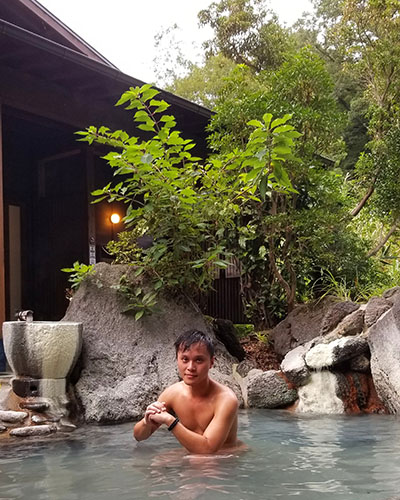 Be with nature |
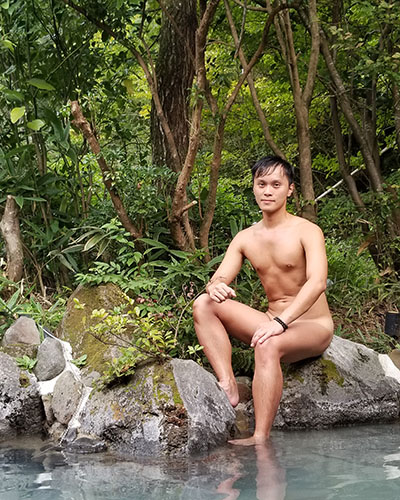 Free and liberating |
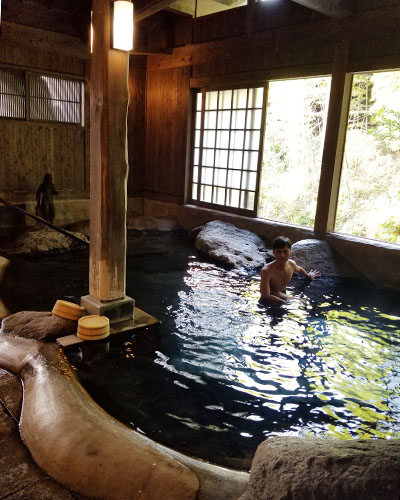 |
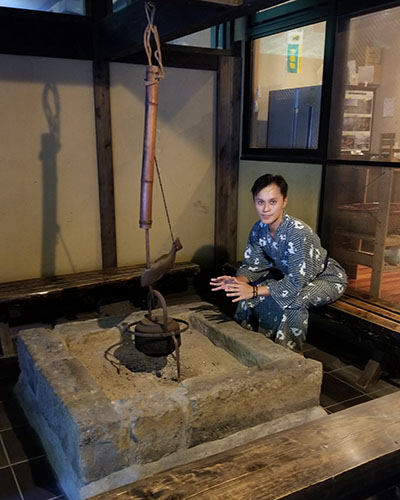 |
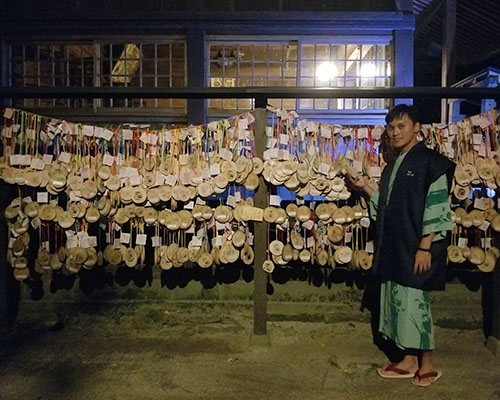 A temple at the village center |
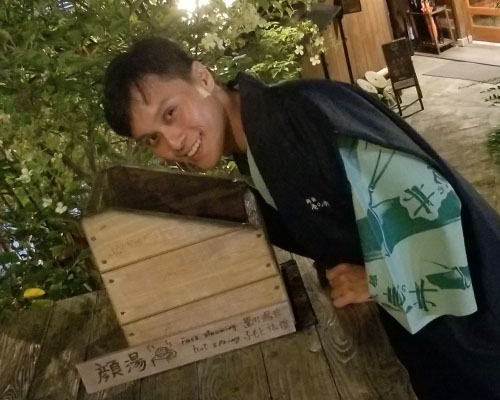 Facial onsen |
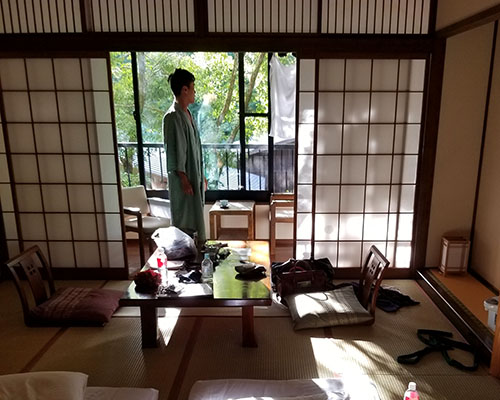 |
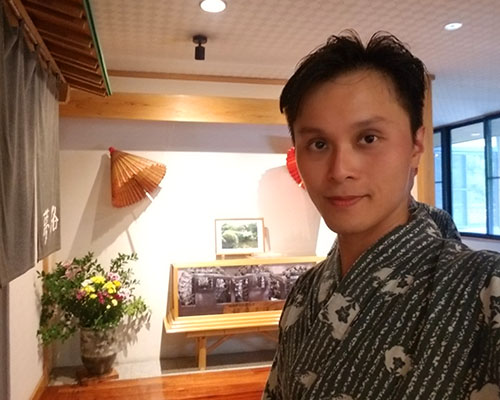 |
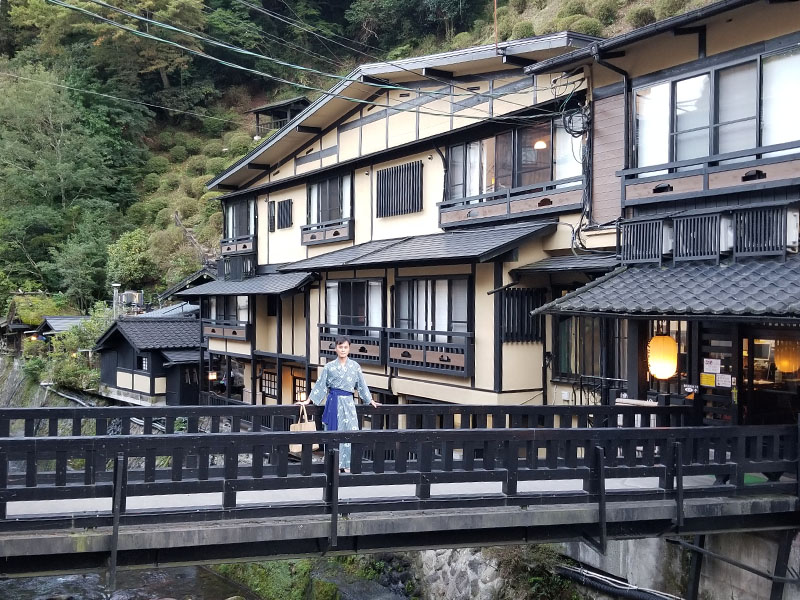 Cluster of ryokan's at the village center by the river. |
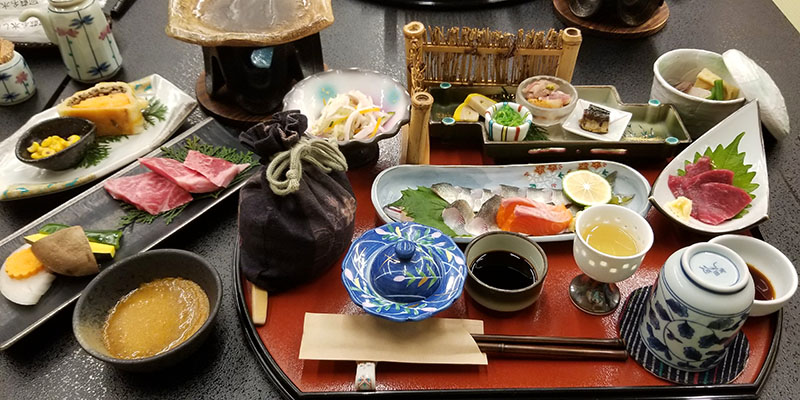 Each ryokan would offer traditional breakfast and dinner (怀石料理). Exquisite. The unique dish at this region is horse. So we had raw horse meat (shown on the right). |
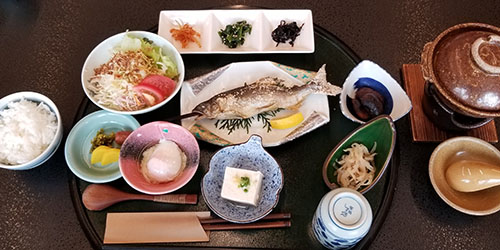 Breakfast |
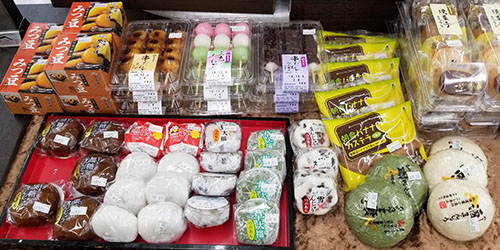 Snacks |
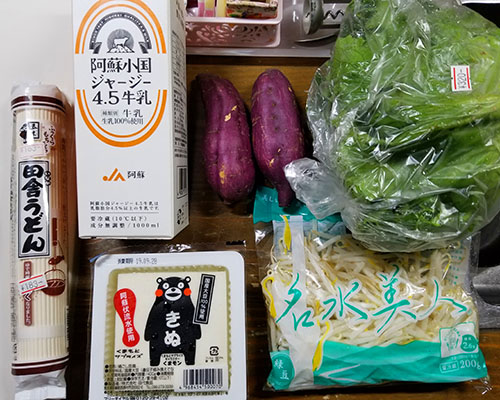 |
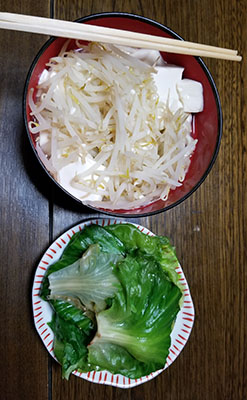 |
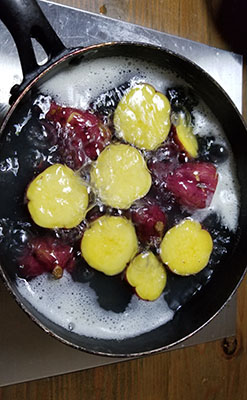 |
| We also prepared dinner with local produces. Fresh and tasty. | Simplicity is also a path to understanding the meaning of life. | |
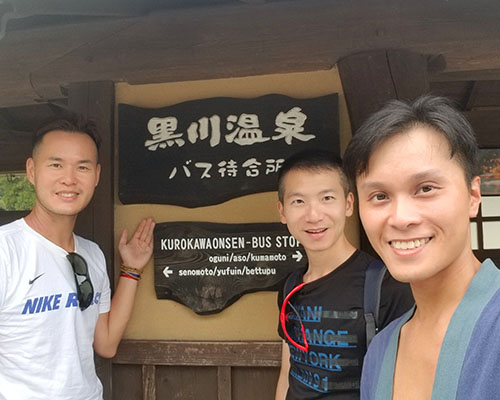 Kurokawa Onsen bus station. Here we took 2.5 hour bus back to Kumamoto |
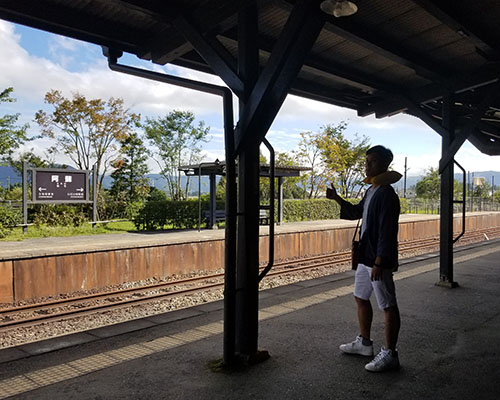 Kurokawa is also an hour ride from Aso train station |
|
Kumamoto (熊本) |
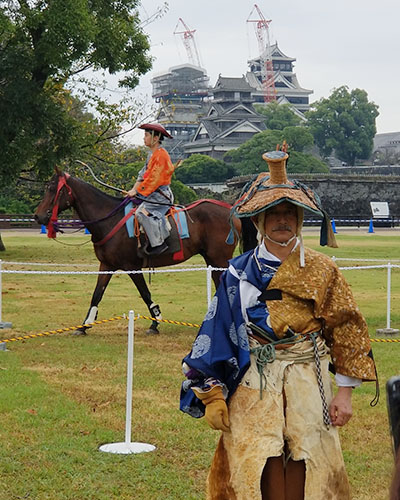 A traditional archery-on-horse competition was held in front of the castle. |
Tenshukaku (天守阁). These buildings were recontructed in 1960s while the original castle was burnt down in 1877. |
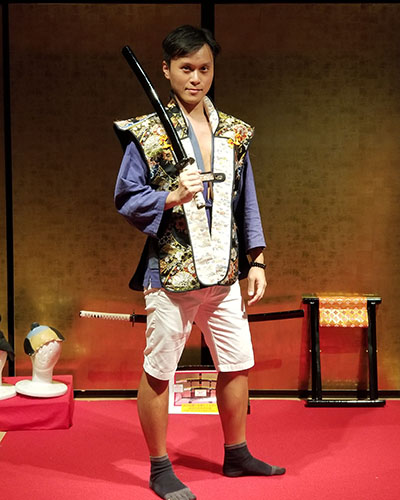 Traditional amour. |
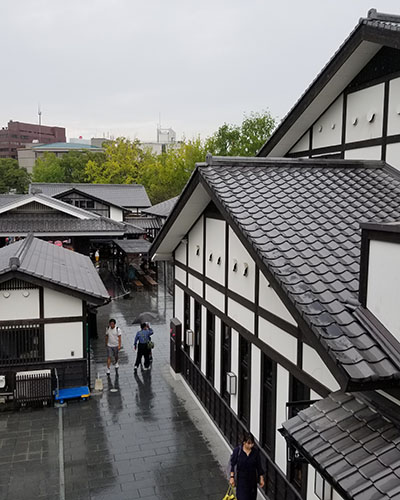 Josaien Cultural Village (樱之马场) |
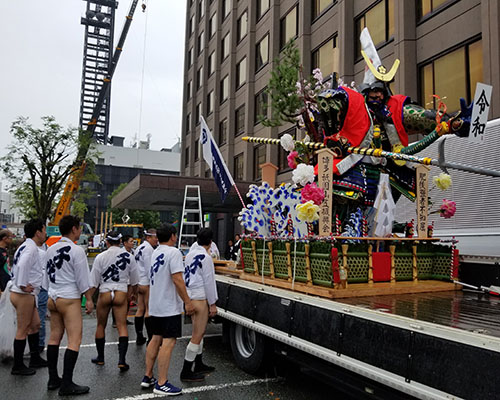 There was a festival. So guys wear traditional under pants. |
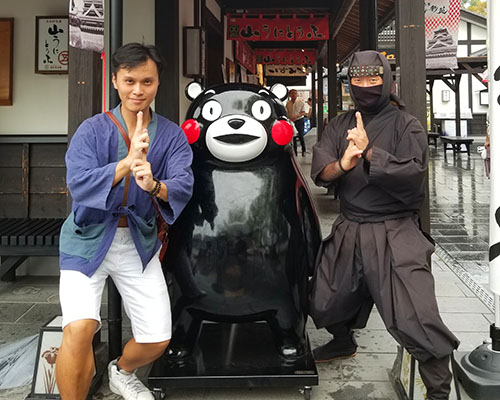 Ninja with famous Kumamoto Black Bear. |
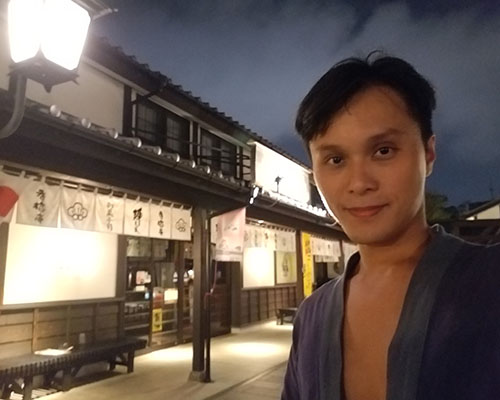 Night walk alone |
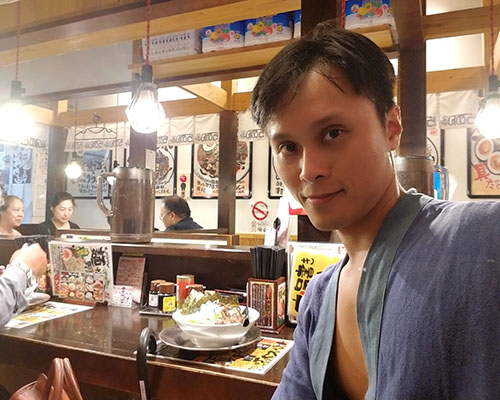 Ramen |
 Sakura salty ice-cream |
 red been bakery |
|
Nagasaki (长崎) - In 1571, Portuguese ships arrived at the harbour and since then Nagasaki has continued to develop as an international city. Churches were built and Christianity spread. In 1602, Dutch East India Company was established to commence trading with Japan. In 1636, Dejima (出岛) was constructed to contain foreigners and the spread of Christianity in which the Dutch had been stationed here for 2 centuries.
|
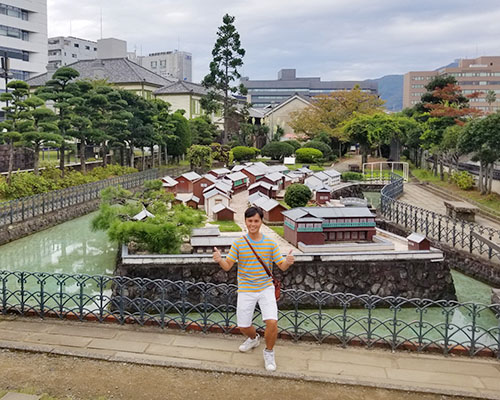 The existing island was restored based on excavation and previous paintings. |
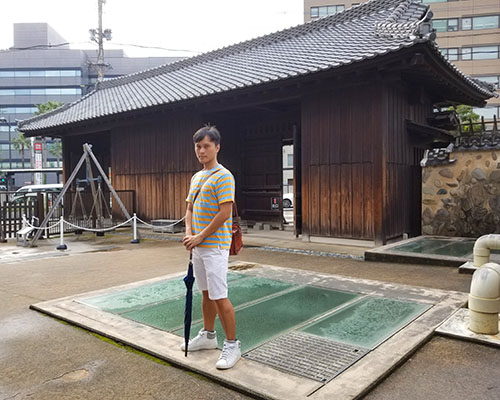 I am at the only sea gate of Dejima which ships were docked. |
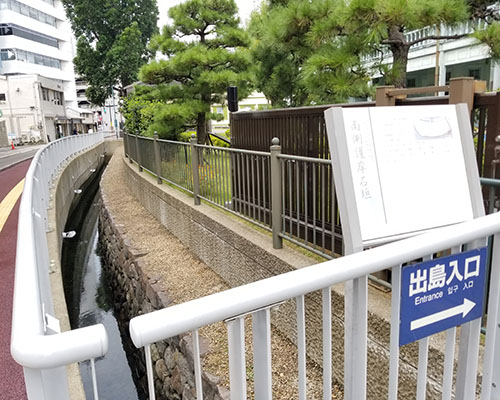 Dejima was constructed from land reclamation back in the 17th century. But Nagasaki has since expanded, so it's a part of city landscape. |
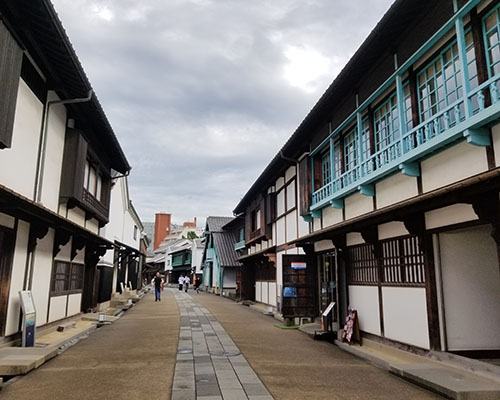 The island is quite small to host all foreign settlement. I can walk from one end to another in 3-5 minutes. |
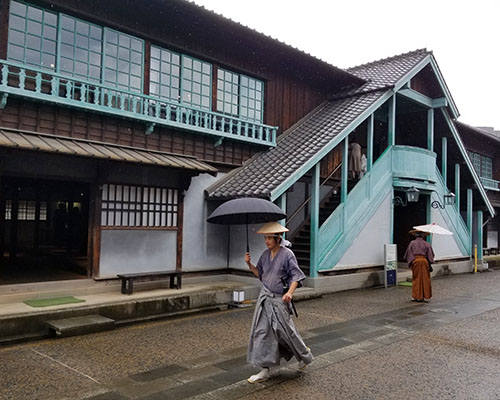 The residence of the Dutch officials. The first phase of restoration of the island was completed in 2000. |
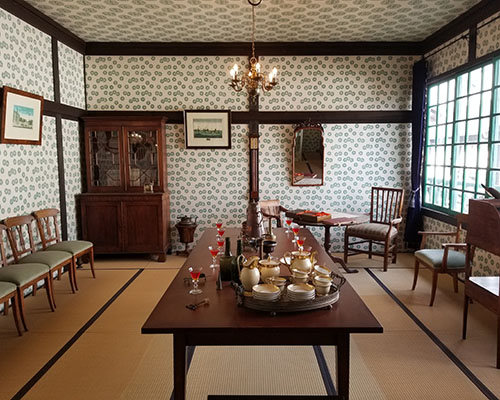 So mainly buildings here are new. The interior of many buildings are too fancy to be true thinking back to the old days. |
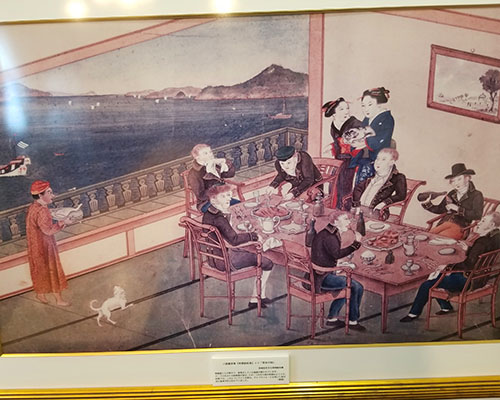 Annual dinner of the Dutch workers. Geishas were mainly the only Japanese allowed to enter the island. |
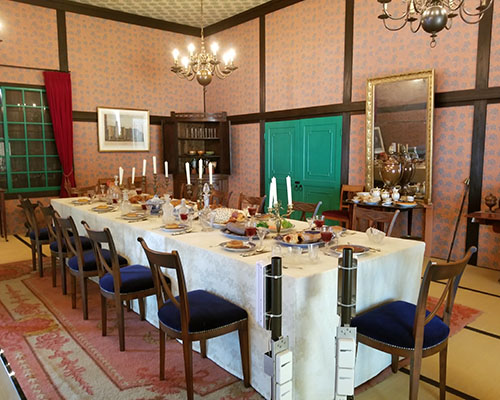 Chief factor's residence. Restored based on the painting on the left. |
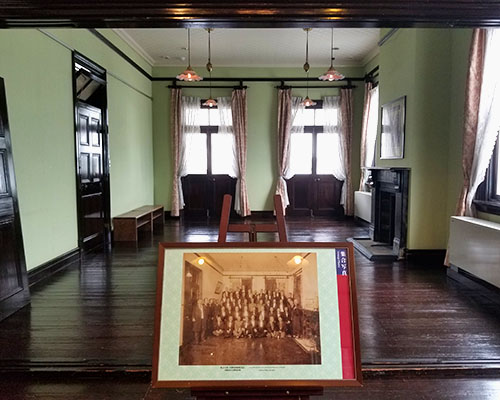 The former Nagasaki International Club. |
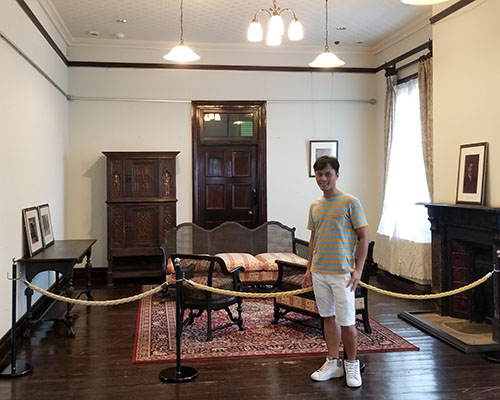 Thomas Glover's son established it in 1903. |
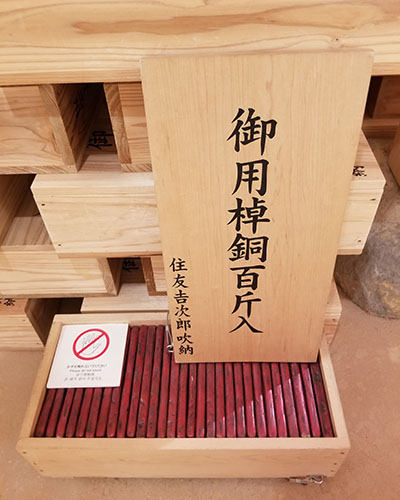 The main export for Japan was copper back in the days. |
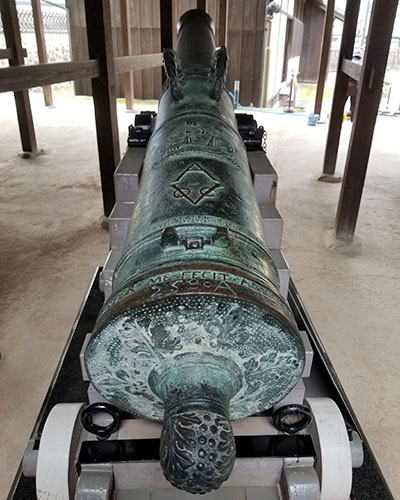 Canon marked with the coat of the Dutch East India Company. |
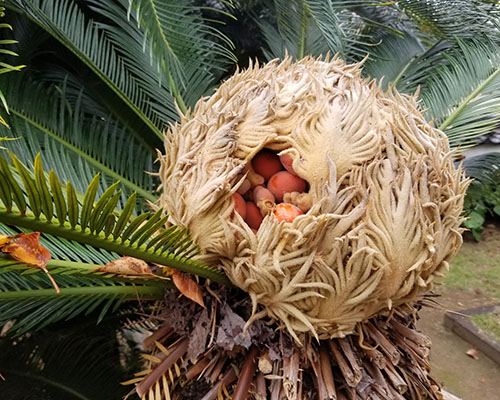 Interesting plants. |
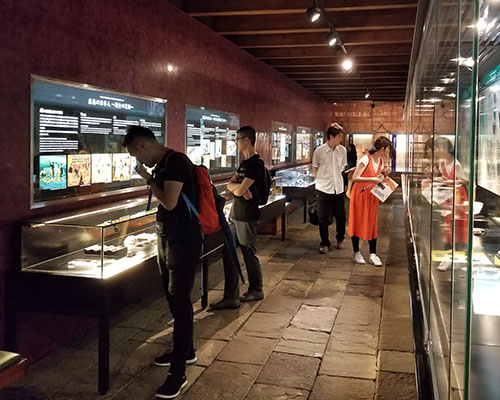 Most buildings are now museum. |
|
Hashima Island (端島) or Gunkanjima (軍艦島), meaning Battleship Island Coal was first discovered on the island around 1810. Mitsubishi Goshi Kaisha bought the island in 1890 and began extracting coal from undersea mines, while seawalls and land reclamation (which tripled the size of the island) were constructed, making the island in the shape of a battleship. Four main mine-shafts (reaching up to 1 kilometre deep) were built, with one actually connecting it to a neighbouring island. In 1916 to 1970s, buildings were constructed, including apartment blocks, a school, kindergarten, hospital, town hall, and a community centre. For entertainment, a clubhouse, cinema, communal bath, swimming pool, rooftop gardens, shops, and a pachinko parlour were built for the miners and their families. Beginning in the 1930s and until the end of the Second World War, conscripted Korean civilians and Chinese prisoners of war were forced to work under very harsh conditions and brutal treatment at the Mitsubishi facility as forced laborers under Japanese wartime mobilization policies. During this period, it is estimated that about 1,300 of those conscripted laborers died on the island due to various dangers, including underground accidents, exhaustion, and malnutrition. The island was formally approved as a UNESCO World Heritage Site in July 2015, as part of apan's Sites of "Japan's Meiji Industrial Revolution: Iron and Steel, Shipbuilding and Coal Mining". |
|
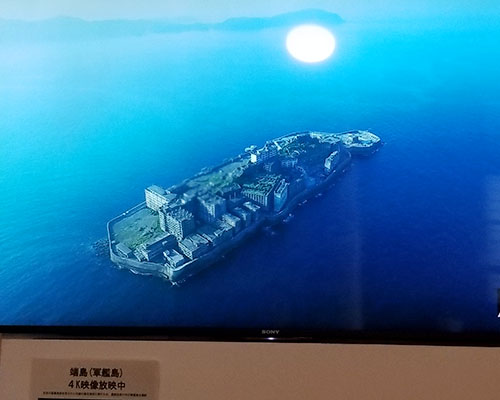 |
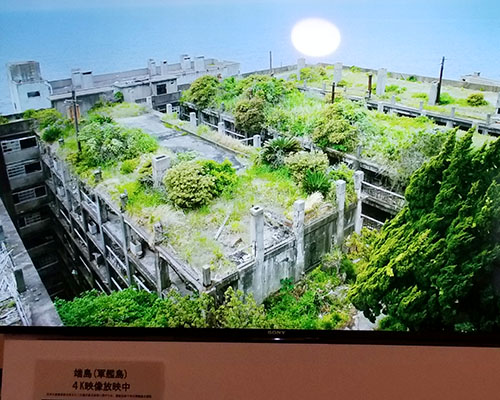 |
|
It was in April 2019 while I was in London a friend showed me a
documentary of Japan industrialization history with the contribution of Thomas Blake Glover, a
Scottish merchant, that had me planning for this exploration of
Nagasaki. I have booked a tour of the battleship
island, but sadly the island was closed after the area was hit by a
typhoon. Anyhow, I toured other related UNESCO sites instead, such as
the Glover Garden, which housed the resident of Thomas Glover.
In his early days, Glover was involved in trading of tea, modern machines, vessels and weapons. Through trading of weapons he gained trust with powerful clans and samurai loyalists in Japan. At 24 year old, Glover set up his Glover & Co. in 1862, yet it went bankrupt in 1870 due to failure to collect debts and payment from clans and the withdrawal of supports from Jardin Matheson. Later he pursued coal mining business and befriended with the president of Mitsubishi Corporation and became an advisor to Mitsubishi. |
|
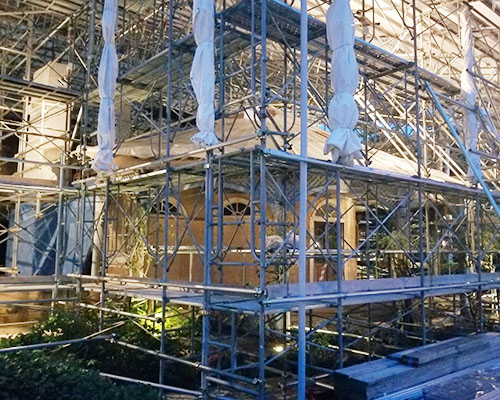 Former Glover House, the residence of Thomas Glover, is the oldest Western-style building in Japan, erected in 1863. (in restoration) |
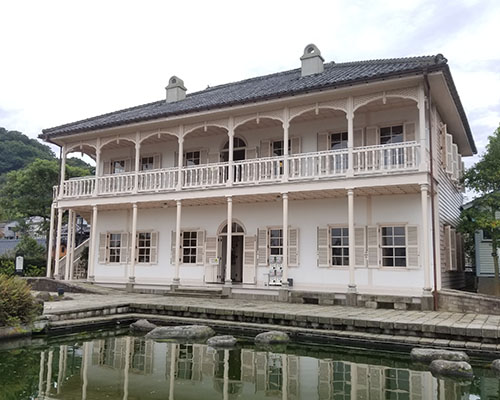 Former Mitsubishi No.2 Dock House (relocated here), was a dormitory for crewmembers of a Mitsubishi Shipyard. |
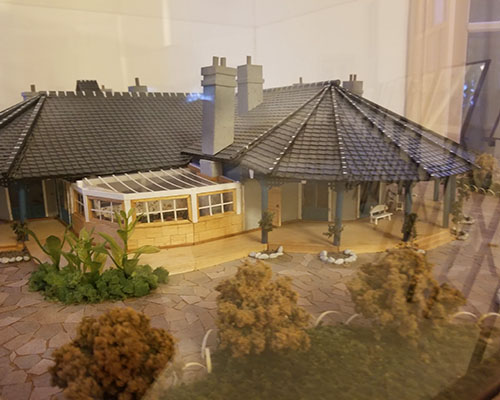 The whole Glover Garden includes the residence of Thomas Glover and several business men contributed to the business and industrialization of Japan. |
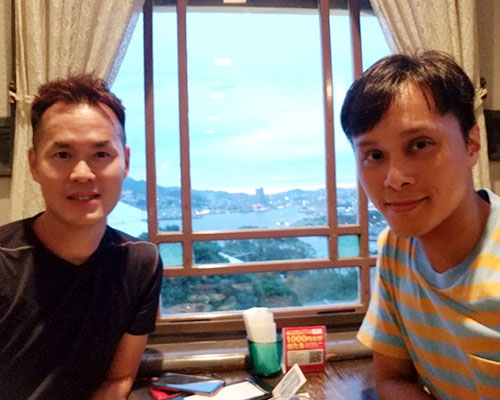 Enjoying tea at a historic cafe beside the Glover House overseeing the Nagasaki harbour and, of course, the Mitsubishi shipyards. |
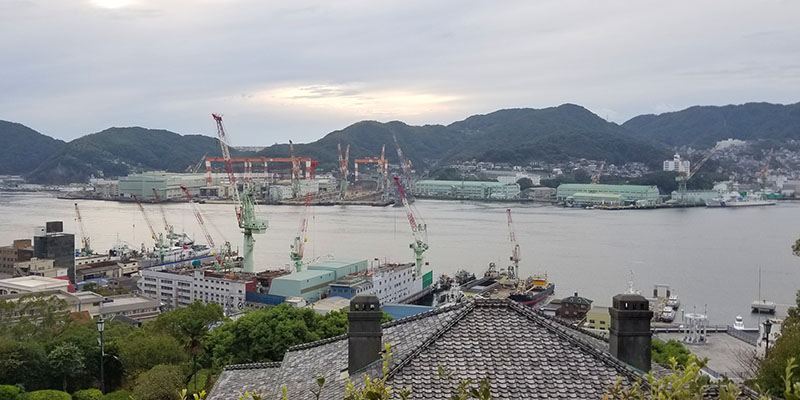 The whole Glover Garden site overlooks the port of Nagasaki and Nagasaki Iron Works (later Mitsubishi shipyards) on the other side of the Nagasaki Harbour. Yet these shipyards also housed a dark history of repairing warships during the world war period... |
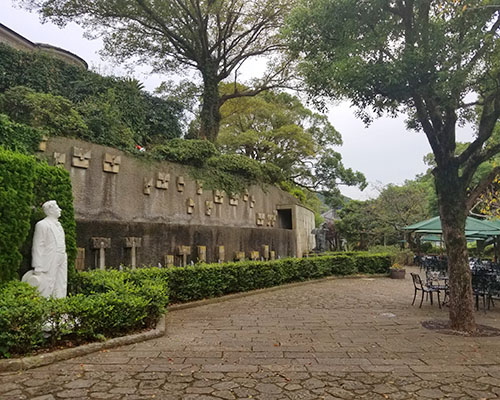 Madame Butterfly garden with statue of Giacomo Puccini, the composer. The opera has some resemblance to Glover's story. |
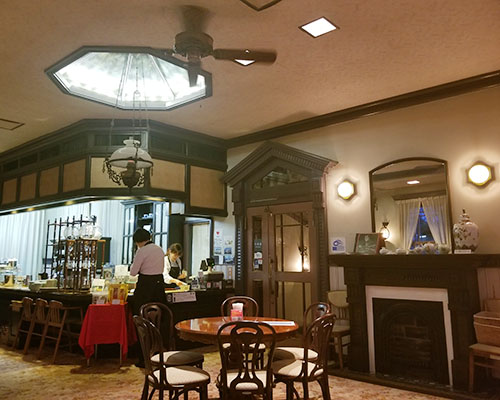 European Cafe at Glover Garden. |
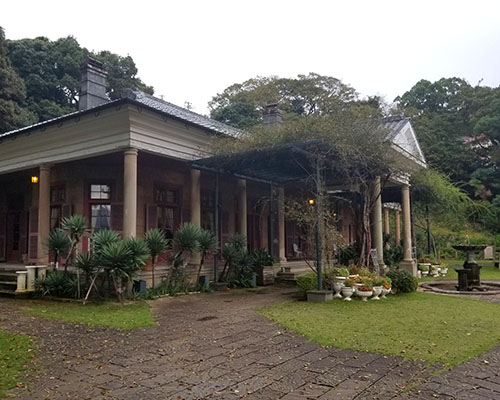 Alt House. The grandest houses in Glover Garden and was built by William Alt who made substantial money from the tea business. |
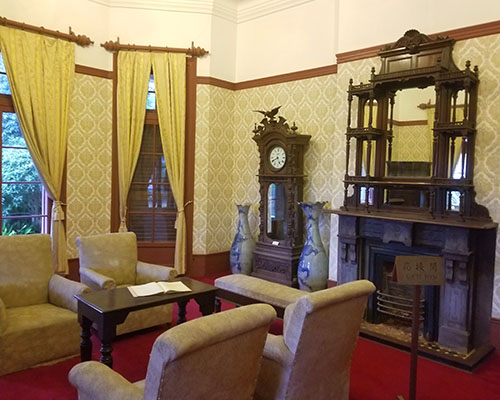 The house is nicely furnished in antiques of the time. |
|
Evening view of the Nagasaki harbour. |
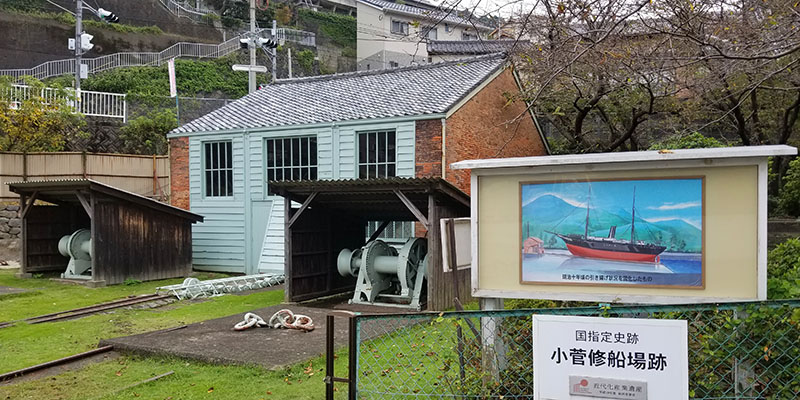 The Kosuge Slip Dock (小管修船场) - another UNESCO site. Thomas Glover and members of a clan imported this dock from Scotland and completed construction in 1869. This was the first joint venture between the Japanese and a foreigner, and the oldest existing brick building in Japan. |
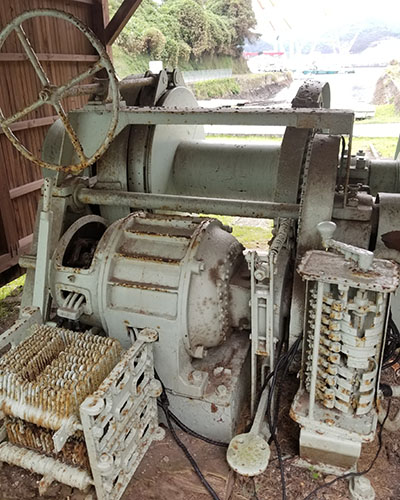 It is a Western style ship dock which has Japanís oldest steam engine. |
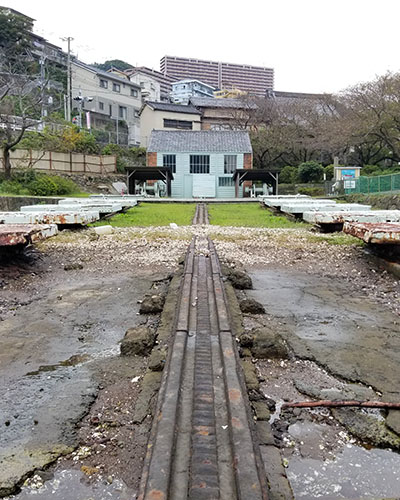 Most of the main components of the dock have been preserved in their original structure. |
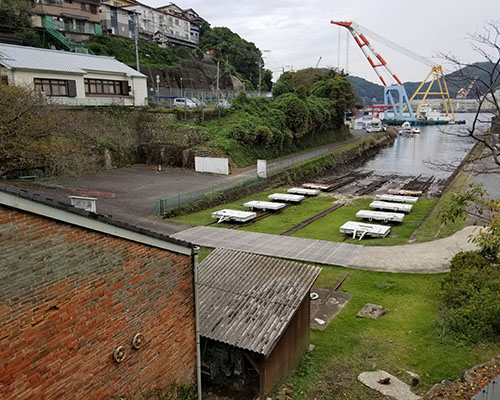 |
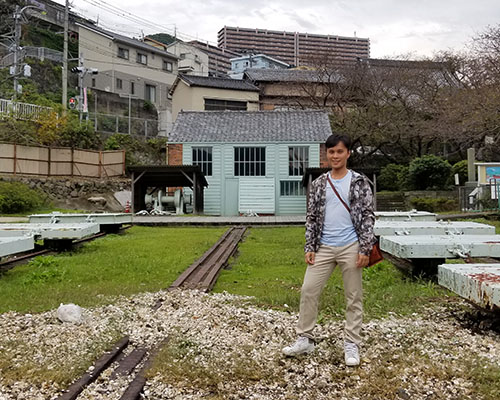 |
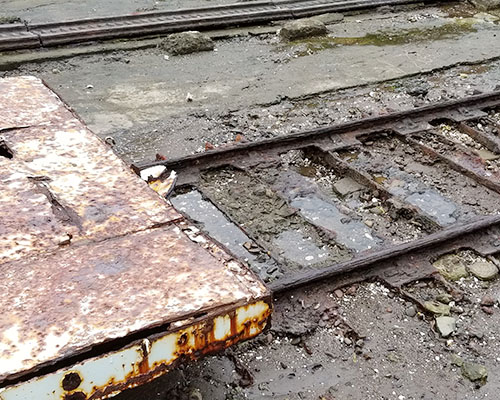 |
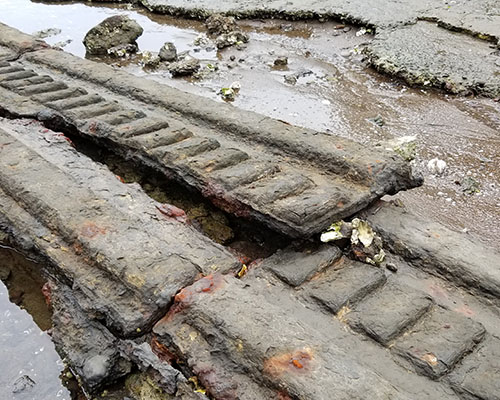 |
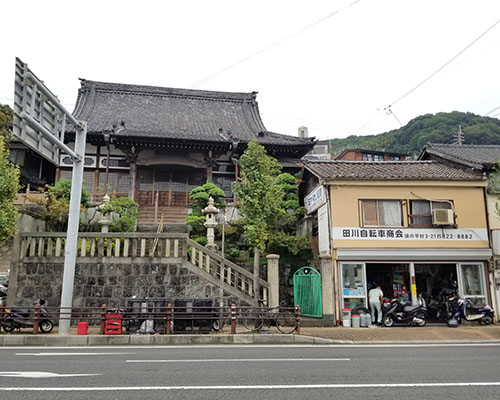 Local temple |
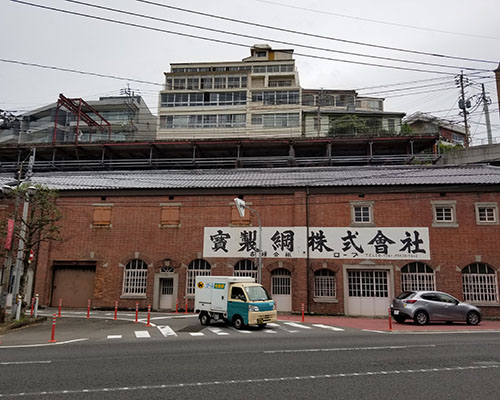 Old steel factory |
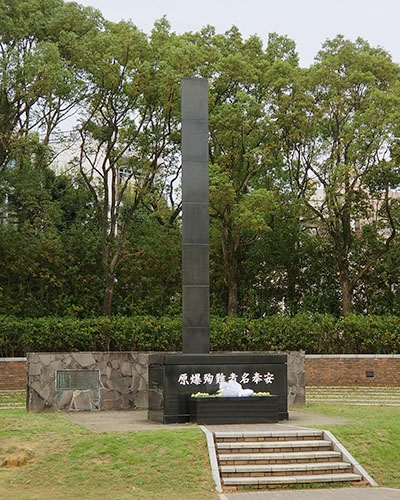 On August 9, 1945 an atomic bomb exploded 500 meters above this spot, marked as the hypocenter. Yet the bomb ended the WWII. Now the area is designated as international peace park aspiring for world harmony. |
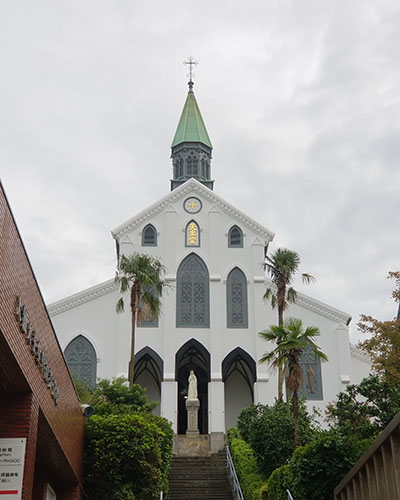 Oura Cathedral (a UNESCO site) is the oldest extant Christian building in Japan, dedicated to 26 Martyrs who were executed in 1597. |
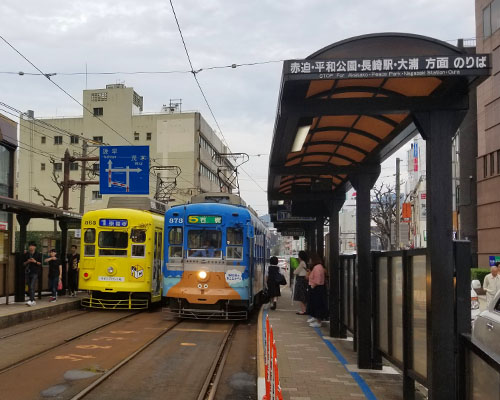 Street car at Nagasaki. Wherever you want to go, the fare is the same 130 yen. |
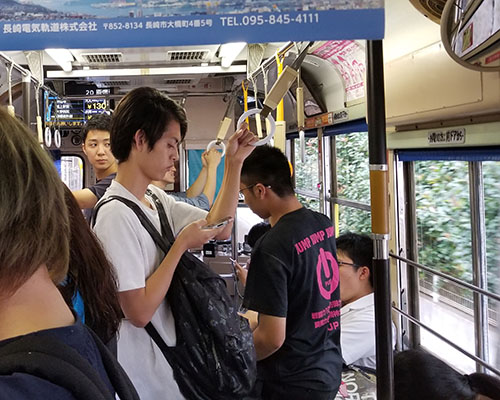 Quite a touristy ride. |
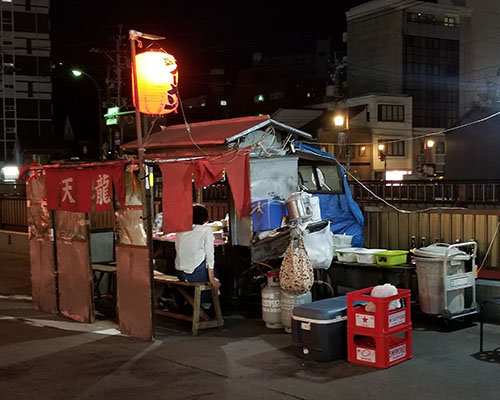 Street food kiosk |
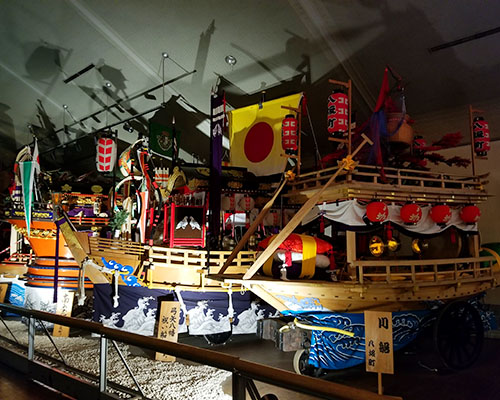 Festival floats |
 The Dutch and Chinese had foreign settlement at Nagasaki. But now the substance has gone. |
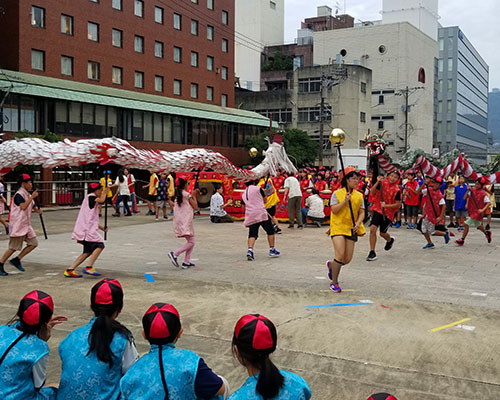 It was October 1, the PRC National Day, on the day we were there. Students were performing dragon dance. |
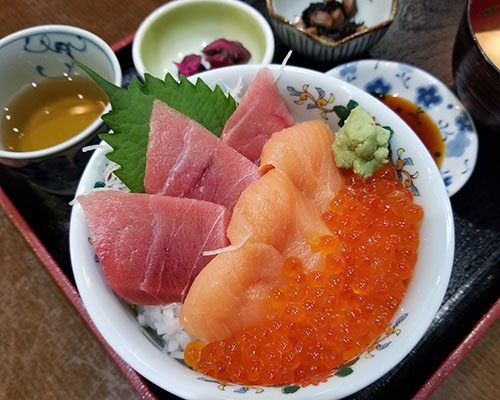 Yummy salmon and roe |
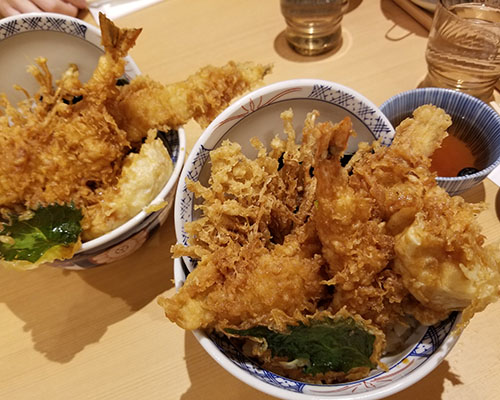 Tempura dong |
|
|
|
|

